Two local trains in Chiba Prefecture (Isumi Railway)
Table of Contents
3: Level crossing where only the sky is visible

1: Kazusa-Nakano Station
Isumi Railways was established in 1987, taking over the Kihara Line from JR East. It is a 26.8 km operating line from Ohara Station to Kazusa-Nakano Station.
The scenery from the Isumi Railway’s cars is beautiful and relaxing, like ‘Typical Satoyama (village-vicinity mountain).’ I could see pheasants in the fields. Together with one seen along the Kominato Railway, we saw five national birds in one day. The pheasant is Japan’s national bird, as selected by the Ornithological Society of Japan. The pheasant, whose male has beautiful peacock-like tail feathers, was also the symbol of the former Isumi Town (now Isumi City merged with Ohara Town and Misaki Town).
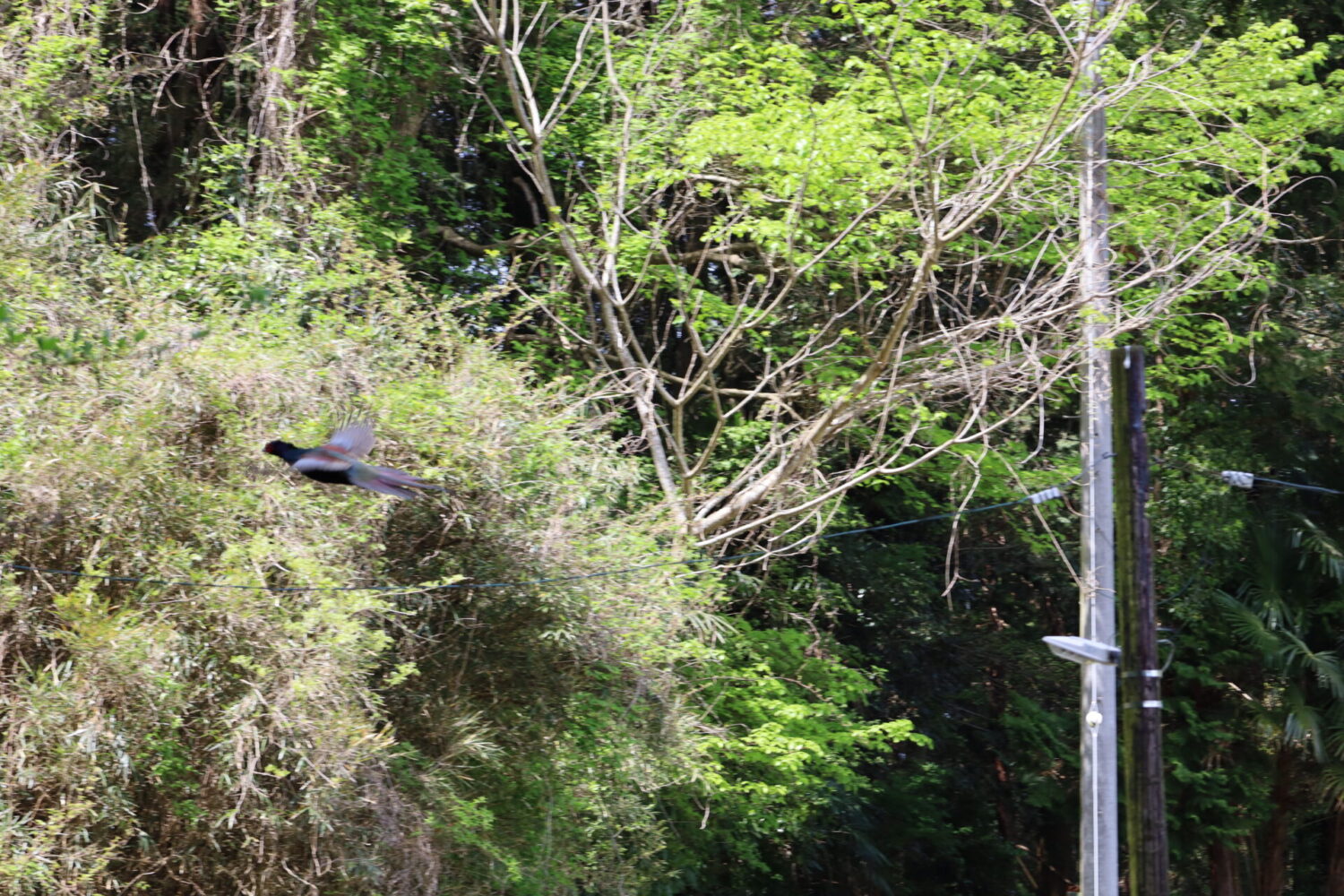
2: Ruins of Otaki Castle
On the Isumi Railway, the train slowed down near the ruins of Otaki Castle with an announcement on the train so that I could take a photograph of Otaki Castle. This kind of service is unique to local railways. In modern times, Otaki Castle was built by the first lord of the castle, Honda Tadakatsu (one of the Four Heavenly Kings of the Tokugawa dynasty. The reconstructed castle is now a museum (Chiba Prefectural Central Museum).
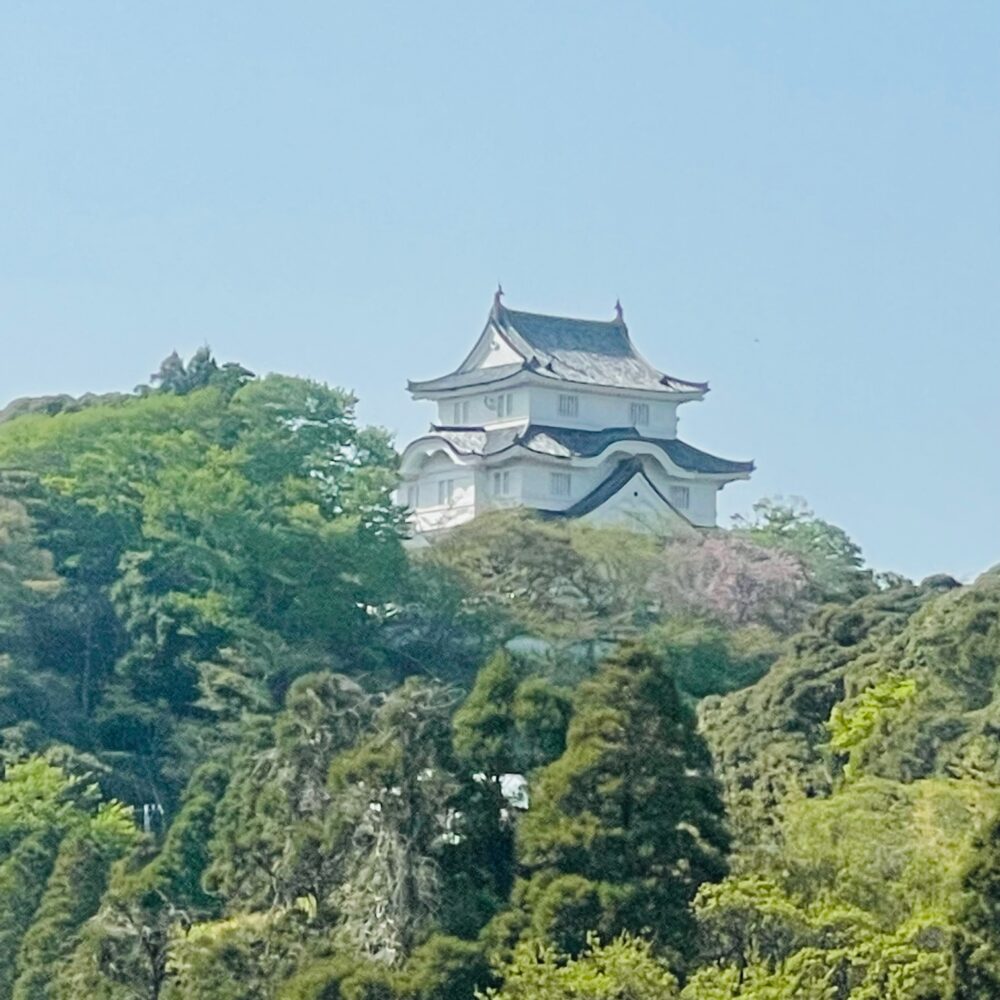
3: Level crossing where only the sky is visible
I got off at Kazusa-Nakagawa Station and walked to the Second Gonomachi Level Crossing, a famous photo spot as a level crossing where only the sky is visible. It takes about 25 minutes on foot.
The Second Gonomachi Level Crossing is a short distance from National Route 465, so you must take care to take advantage of it. Shortly after arriving at the level crossing, an Isumi Railway train passed by, which made it possible to take some good photos.
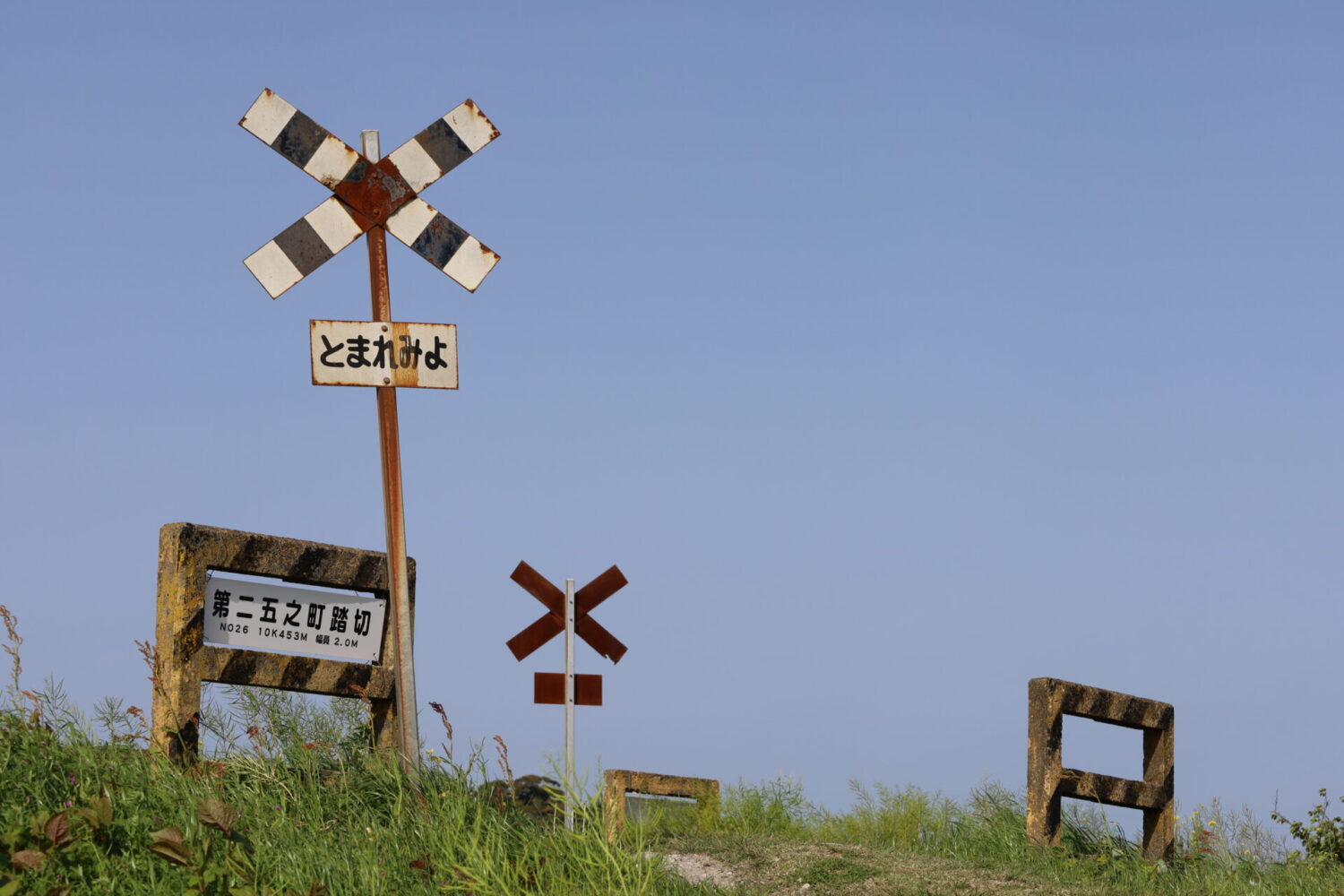
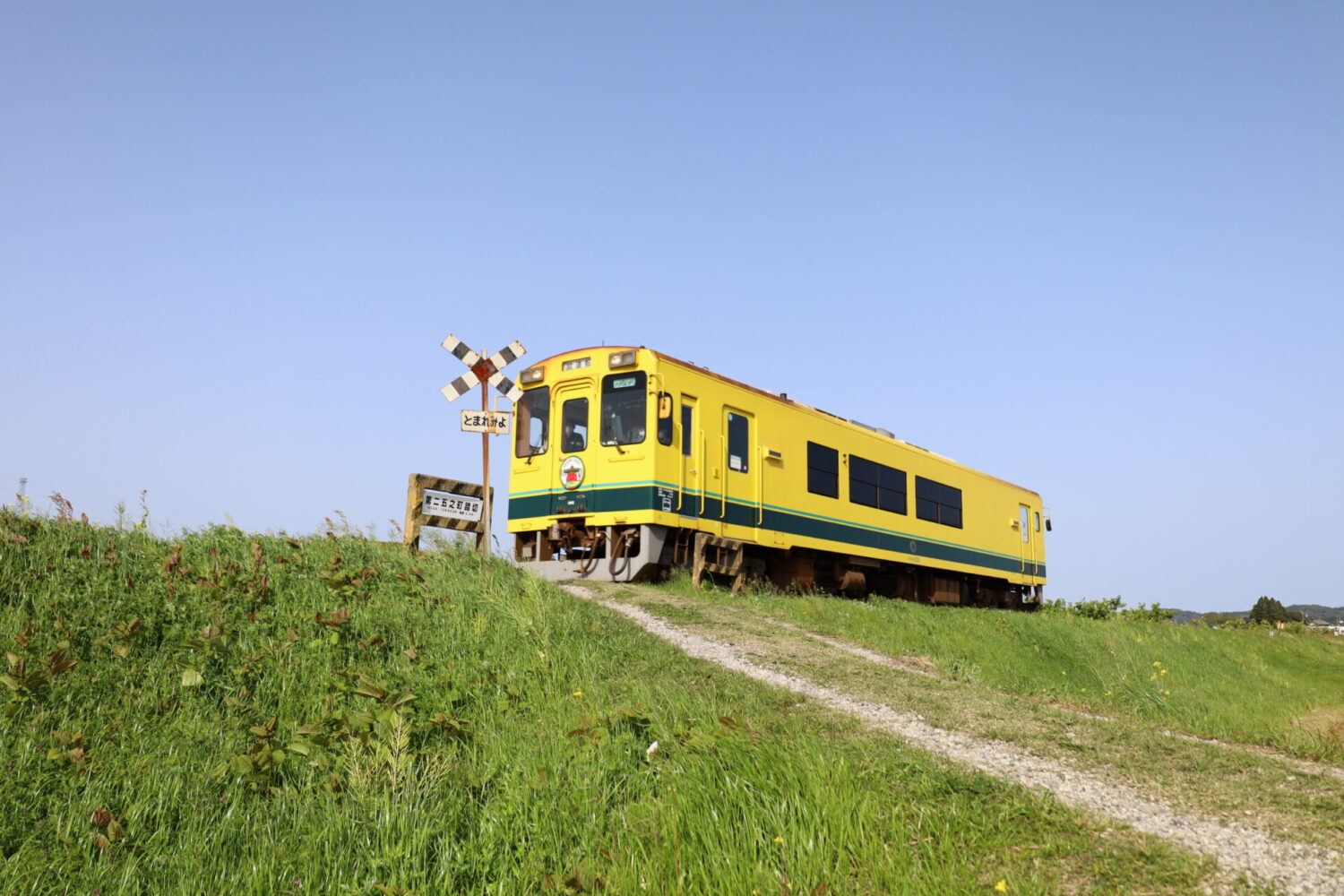
From the second Gonomachi crossing, I walked to Kuniyoshi Station, which took 25 minutes on foot again. Kuniyoshi Station has a tourist information center called Heartful Station Kuniyoshi. The amiable staff cheerfully greeted visitors, and a train called Kiha 30-62, which was operated on the JR Kururi Line (the line between Kisarazu Station and Kazusa Kameyama Station) and transferred to Isumi Railways, was parked at Kuniyoshi Station.
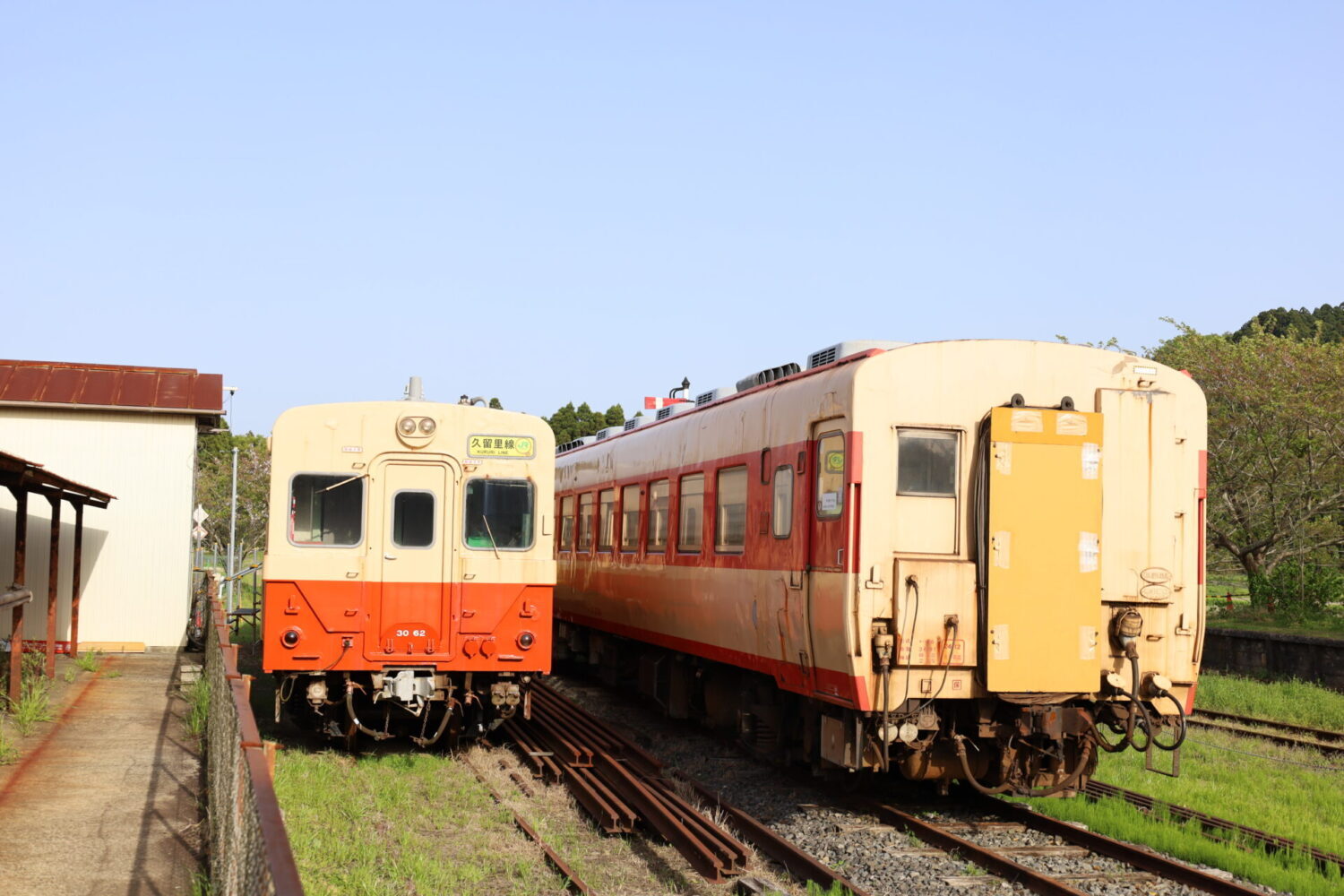
4: Lantern train
Since 27 March 2023, Isumi Railways has operated a lantern train, “Prayer Fortune (祈福),” to commemorate the seventh anniversary of its sister railway partnership with the Taiwan Ji-ji Line. I was lucky enough to board the lantern train from Kuniyoshi Station.
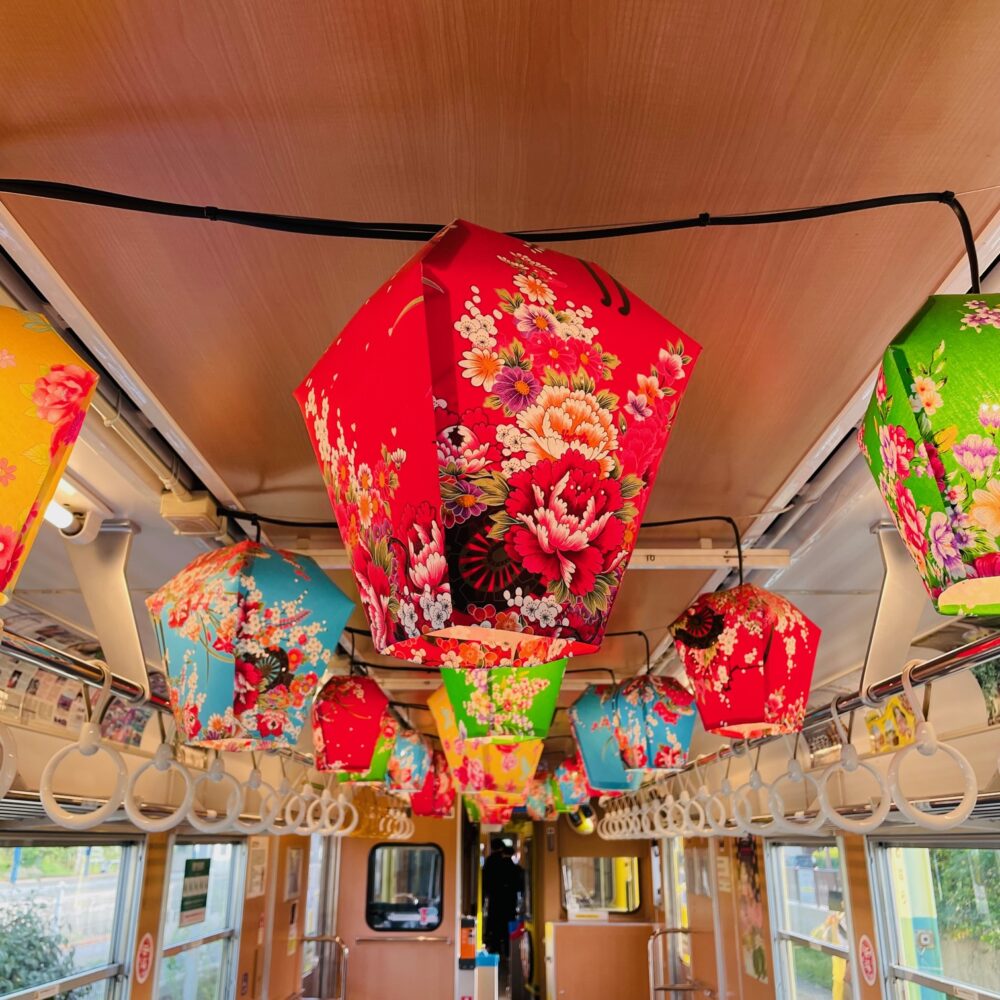
5: Ohara and Katsuura Station
Arrived at Ohara Station, the terminus of the Isumi Railway, tasted local sake at an izakaya before traveling by JR to Katsuura Station, had dinner at a sushi restaurant, and from Katsuura Station returned to Tokyo Station by Wakashio 24.
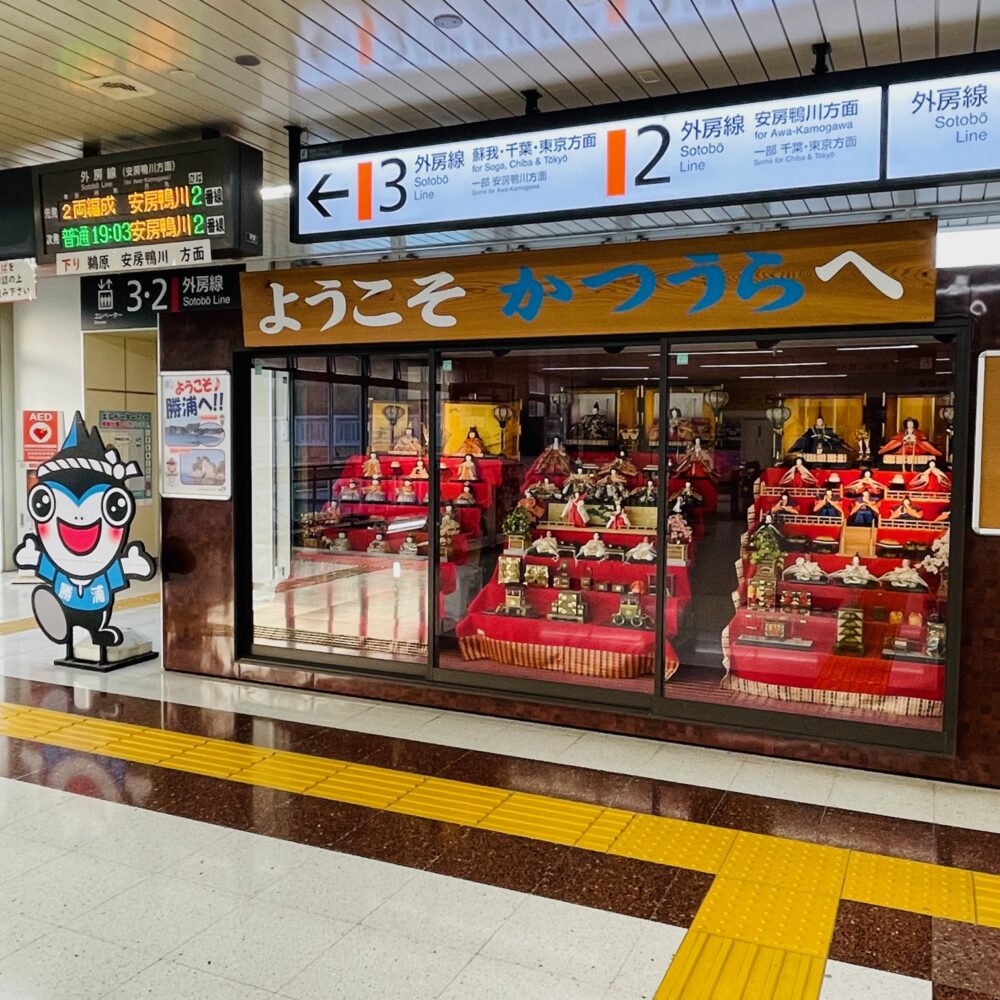


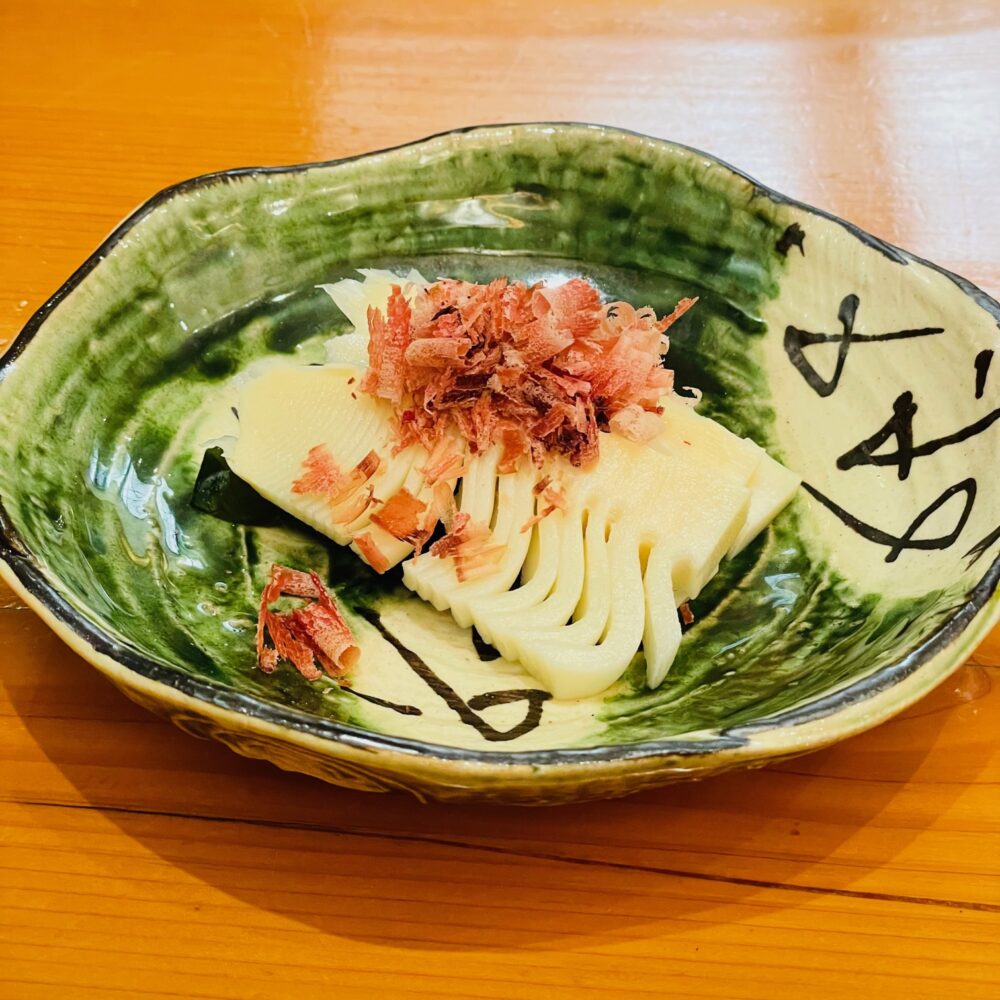
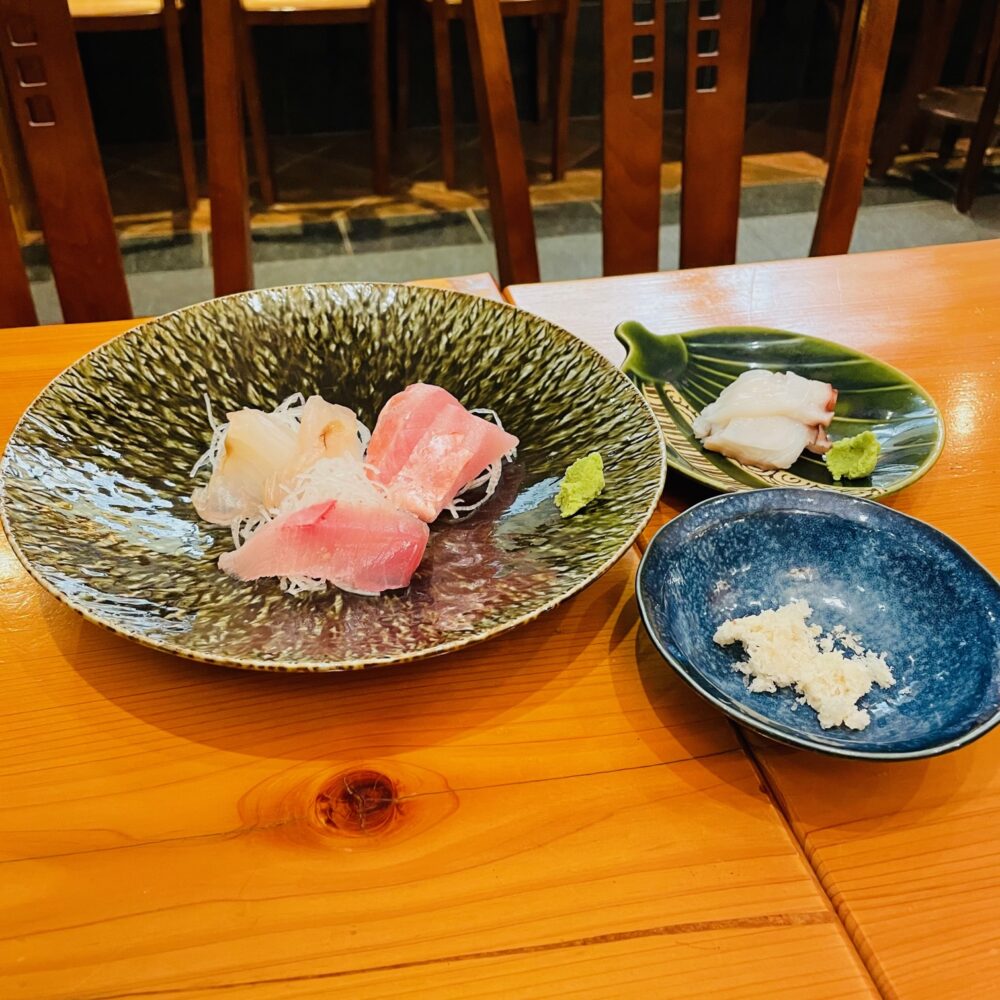

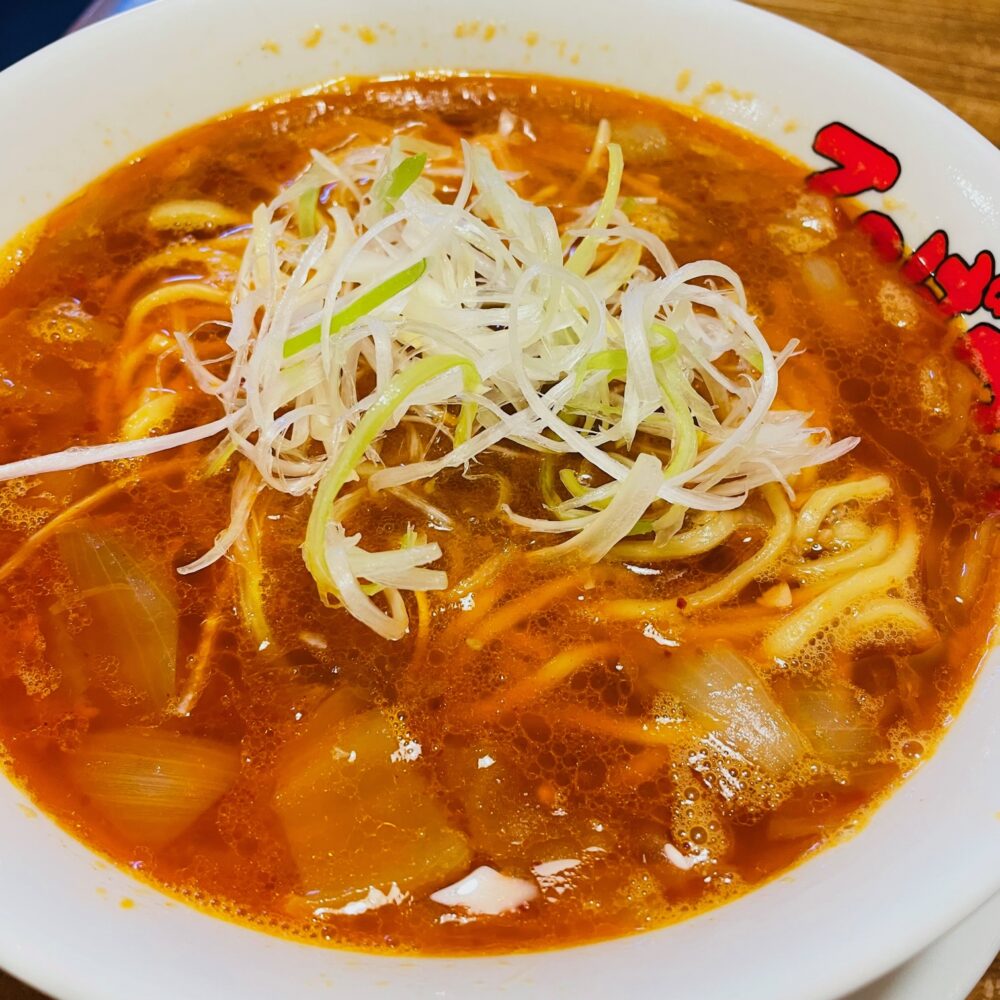
I left Tokyo Station at 6:30 am and arrived at Tokyo Station just after 9:30 pm. It was a very satisfying one-day trip, enjoying two local trains and the “Satoyama (village-vicinity mountain)” of the Boso Peninsula in Chiba Prefecture. I recommend a one-day trip to the Boso Peninsula to take two local trains for foreign tourists who plan to stay in Tokyo and do not have time to stay overnight.

In addition to Kominato Railway (operating distance 39.1 km) and Isumi Railway (operating distance 26.8 km), which I rode this time, there are two other regional railway companies in Chiba Prefecture: Choshi Electric Railway (operating distance 6.4 km) and Ryutetsu (operating distance 5.7 km). I have ridden on Choshi Electric Railway, but not on Ryutetsu. I want to ride the Ryutetsu and write about it in our blog.
